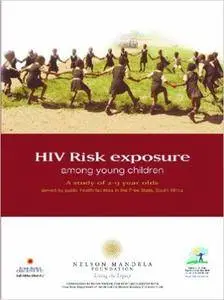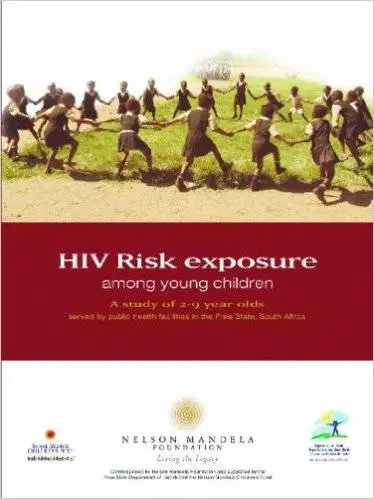HIV Risk Exposure Among Young Children: A Study of 2-9 Year Olds Served by Public Health Facilities in the Free State, South Africa by O. Shisana
English | Apr. 15, 2005 | ISBN: 0796920990 | 112 Pages | PDF | 1 MB
English | Apr. 15, 2005 | ISBN: 0796920990 | 112 Pages | PDF | 1 MB
In 2002, the Nelson Mandela/HSRC Study of HIV/AIDS found that HIV prevalence was high among South African children. HIV prevalence, based on the testing of 2 350 children aged 2–14 years, was found to be 5.6% (CI 95%: 3.7–7.4). A further report drawing on this data found that among a subset of 1 377 children, HIV prevalence was 6.2% (CI 95%: 4.2–9.0%) (Brookes, Shisana, & Richter, 2004). This was the first time in South Africa that a national population-based HIV-prevalence study was conducted, assessing the HIV status of children at a national level. It was thus the first time that data were available to suggest that HIV prevalence among South African children was high. These two reports highlighted the urgent need for improved understanding of HIV prevalence among children. The findings could not readily be explained with the data at hand, and further research was necessary into possible modes of HIV infection among children. This study was therefore designed to explore a range of non-vertical modes of HIV infection including nosocomial infection (healthcareacquired infections) and cultural practices among the 2–9 year old age group, taking into account vertical HIV transmission.



